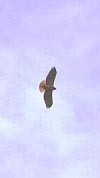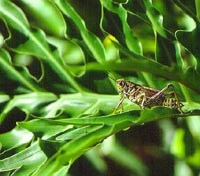Lesson 2


Activity 04 - LESSON 2: Food Chains demonstrate the flow of energy in Ecosystems
|
ACTIVITY : Food Chains
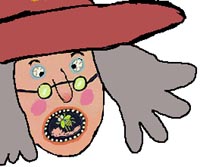 |
There was an old lady who swallowed a fly, I don't know why she swallowed the fly..." |
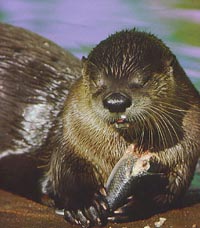
|
When we are young, we learn songs that appear to be nothing more than nonsense. However, if we look closely at this song we see how energy is transferred through the food chain. The old women swallowed a spider to catch the fly, she swallowed a bird to catch the spider, and so on. Now the only reason she would choose to swallow these things would be to get rid of the fly, by sending in its predator."
FOOD CHAINS
Food-why do you eat it? Yes, it tastes good, but can you survive without it? All living things require energy to survive. Plants are able to make their own food, but animals need to get their food from another source, so eating is important. The ultimate source of food and energy for living things is the Sun. All food chains can be traced back to the Sun as the source of energy.
In a food chain, energy and nutrients are passed from one organism to another. By studying feeding habits, ecologists can trace the flow of energy through an ecosystem. In a temperate forest, a fox may prey on a bluebird, which consumed a spider, which ate an aphid, which was munching on a blade of grass. The grass was busy creating its own energy from the Sun. A food chain always begins with a plant-a primary producer.
|

But the fox does not always eat a diet of bluebirds, so the fox could also be a member of a different food chain:
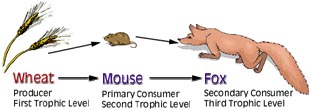
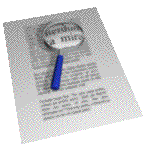 Required Readings Required Readings
Science in Action 7
pages 35-38
or
Science Focus 7
pages 42
|
|
A food chain is made up of producers and consumers. Producers are considered autotrophs, which means they can make their own food. Consumers take in food. They are considered heterotrophs, or living things that can not make their own food. A food chain will contain several kinds of consumers. A primary consumer eats the producer, a secondary consumer eats the primary consumers, the tertiary consumers eat the secondary, and so on
The position of a species in the food chain is called its trophic level. If a hawk eats a mouse, then you would say the hawk has a higher trophic level in the food chain. The number of trophic levels in a food chain is the same as the number of species in the chain. There are rarely more than six trophic levels in one food chain because the amount of energy passed along at each level goes down at each stage. The same species may participate in many different food chains at different trophic levels. So in the example above, the spider would be the secondary consumer as well as the holder of the third trophic level.
Click here for Rainforest food chain/webs.
|
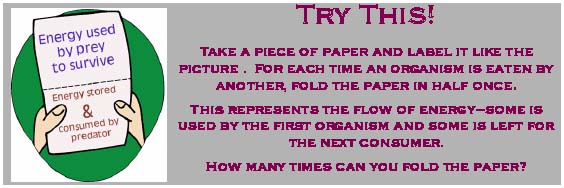 |
Copyright © 2001, the Crown in Right of Alberta, as represented by the Minister of Learning, Alberta Learning, 11160 Jasper Avenue, Edmonton, Alberta T5K 0L2 Picture and Photos:( For specific picture reference view page source.)
Copyright The Essentials Clip Art CD, MaGlas-l.gif, copyright 2001 www.freefoto.com







